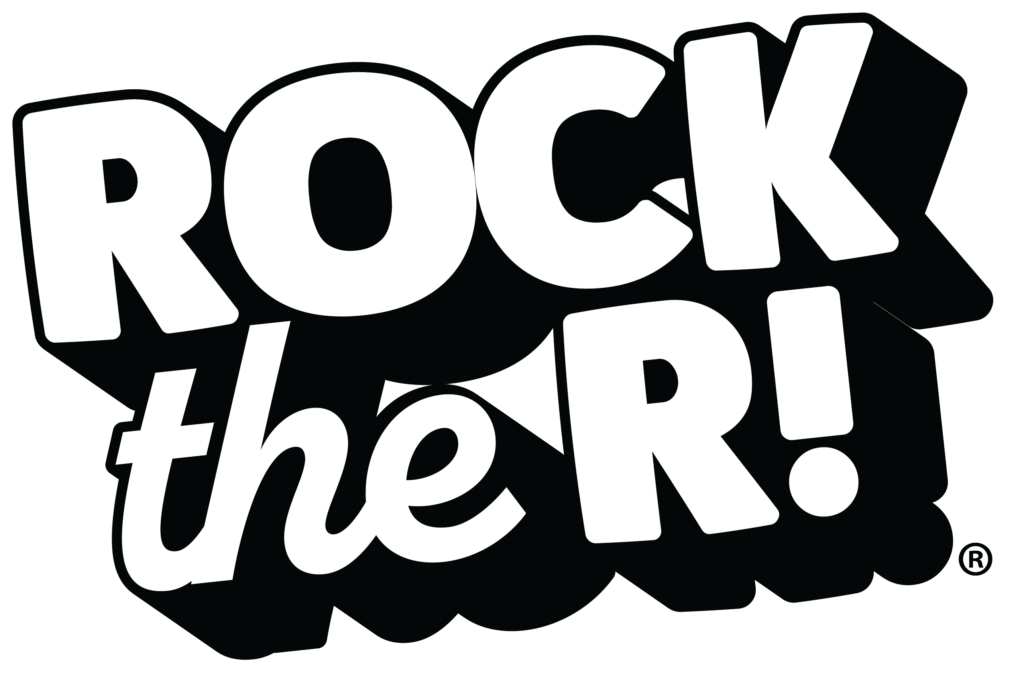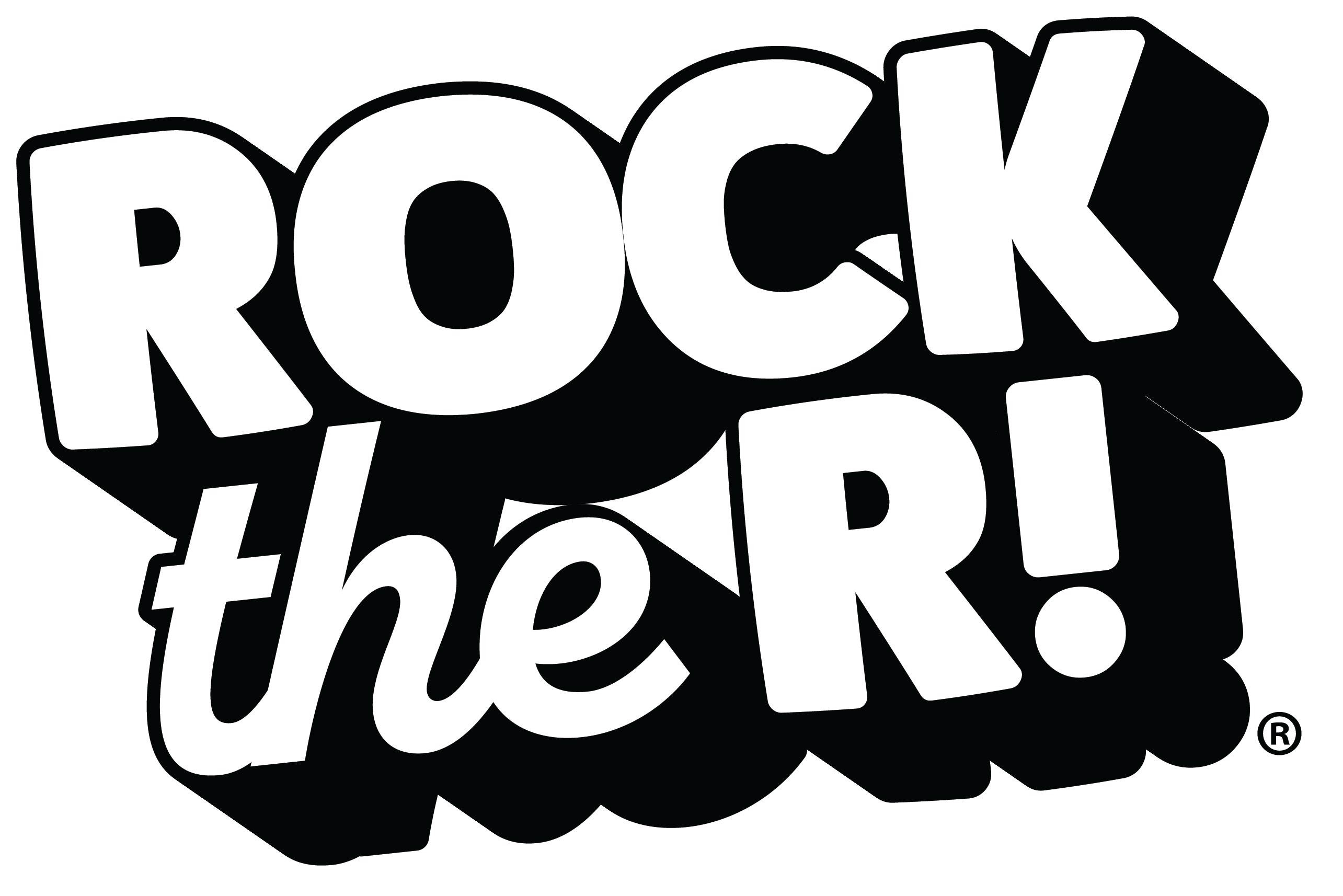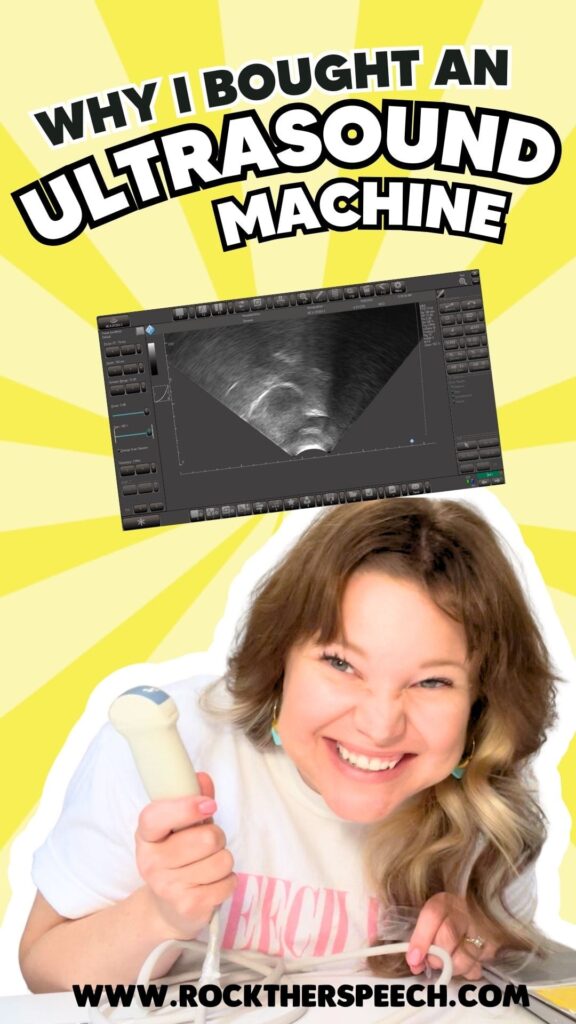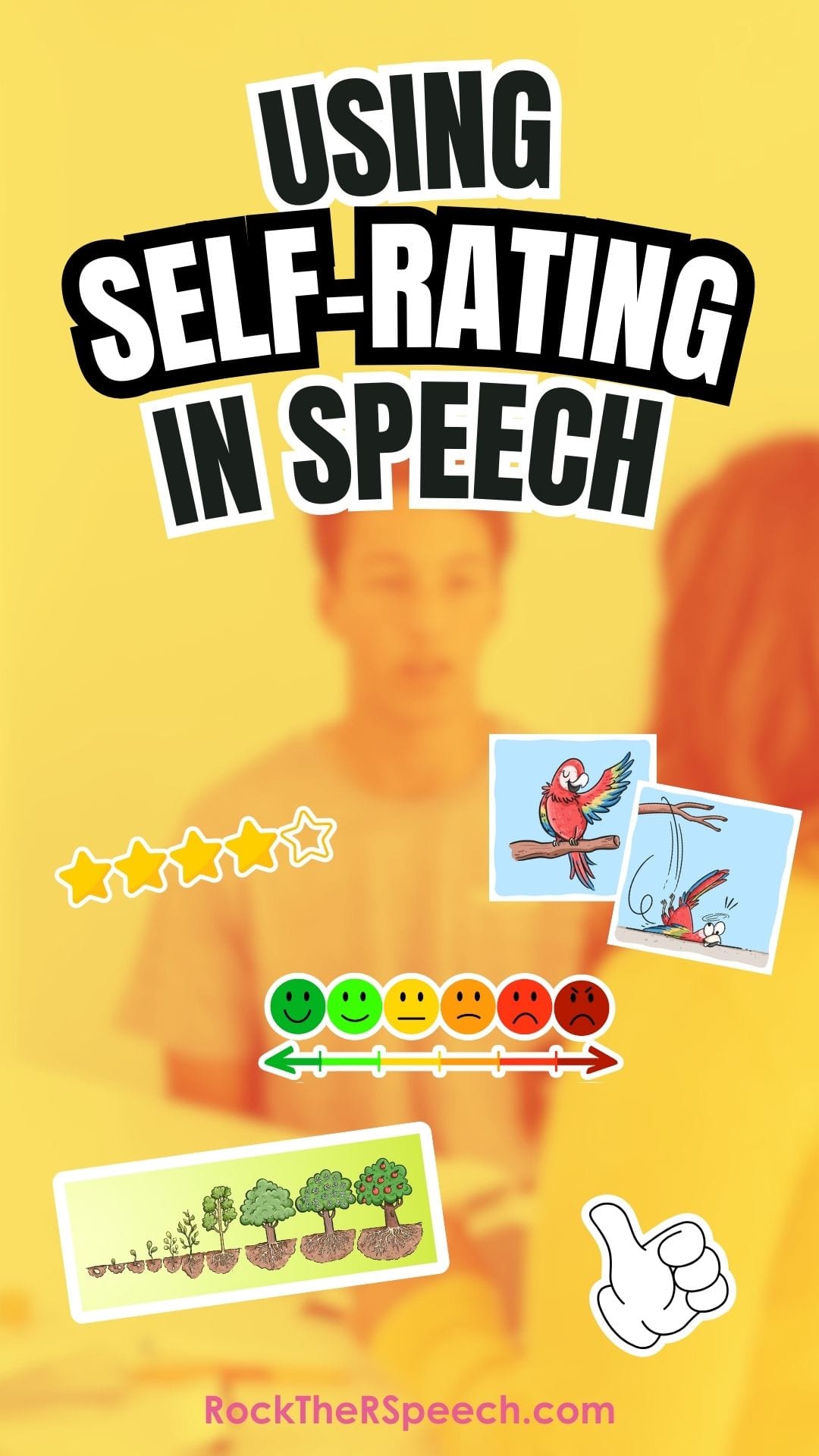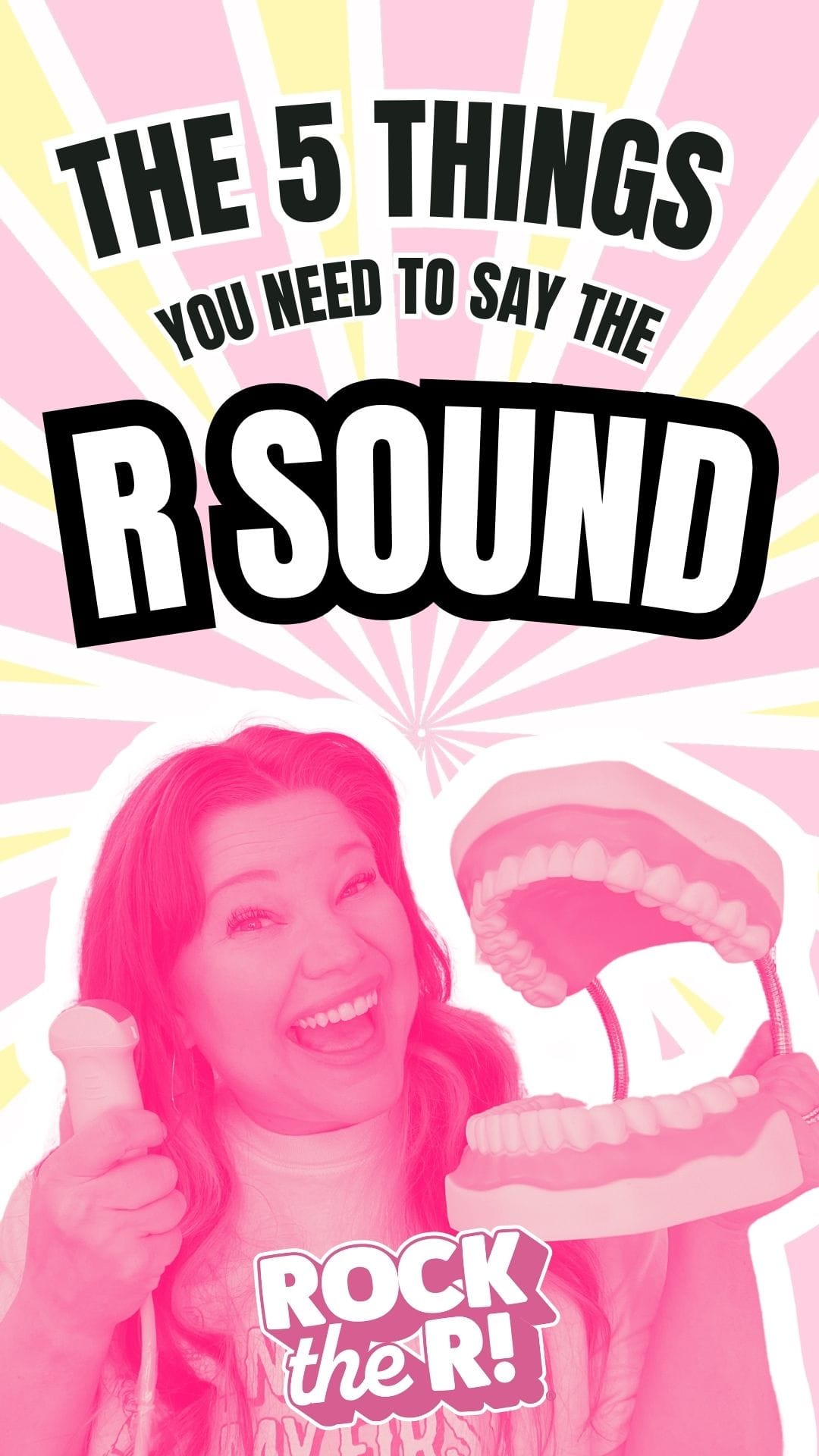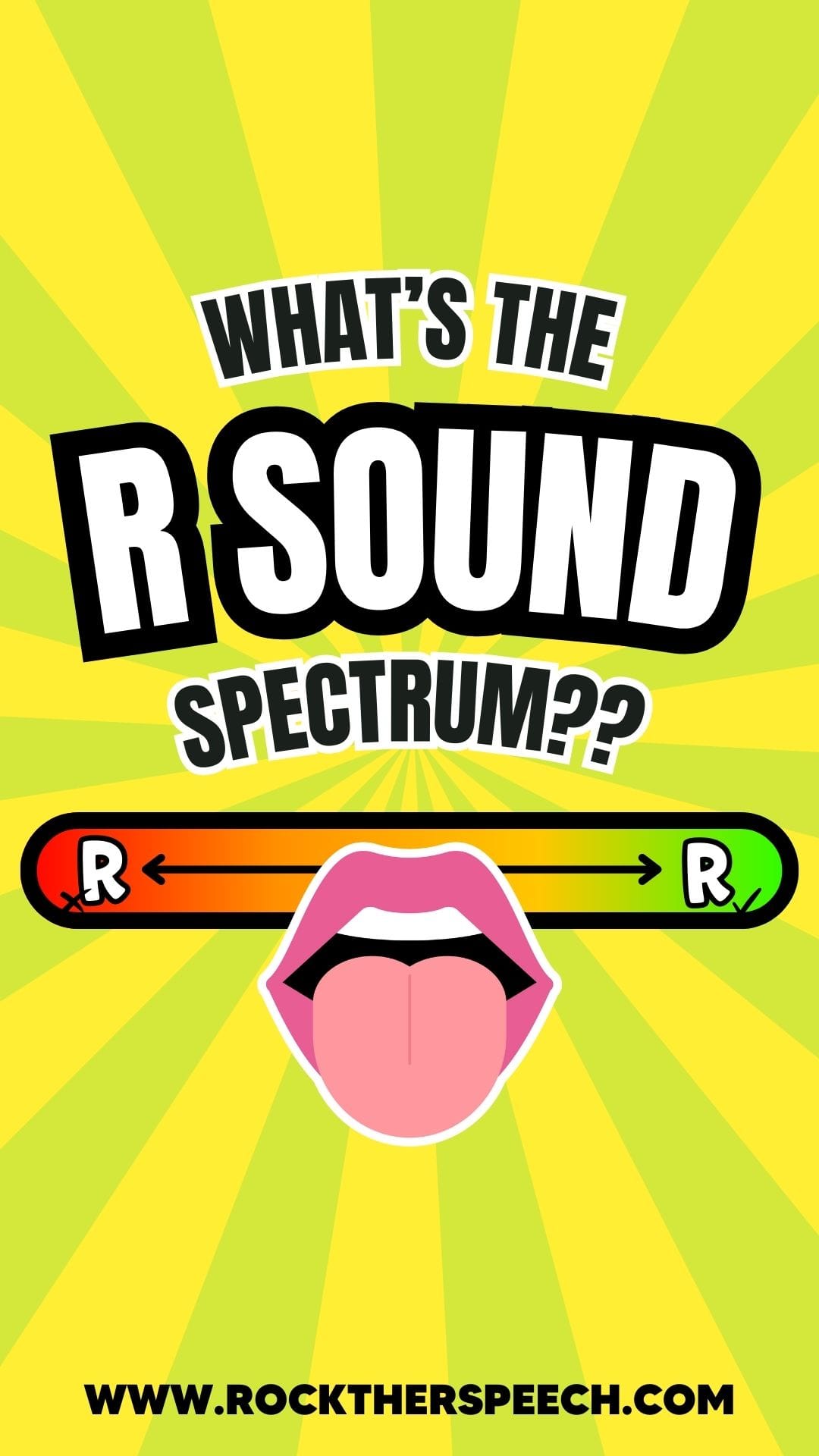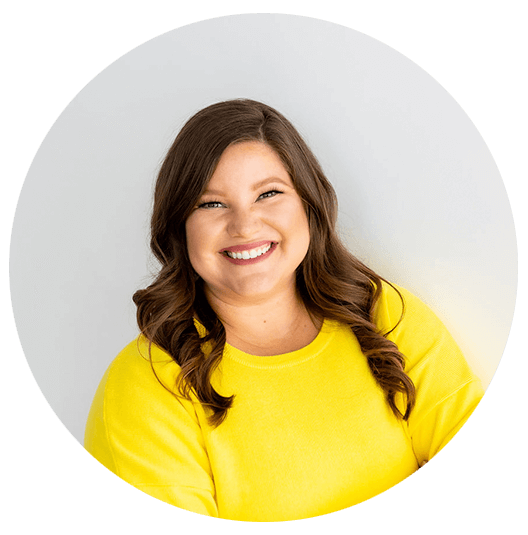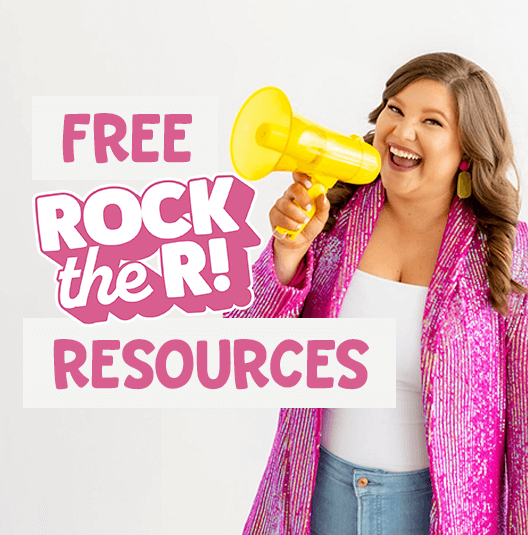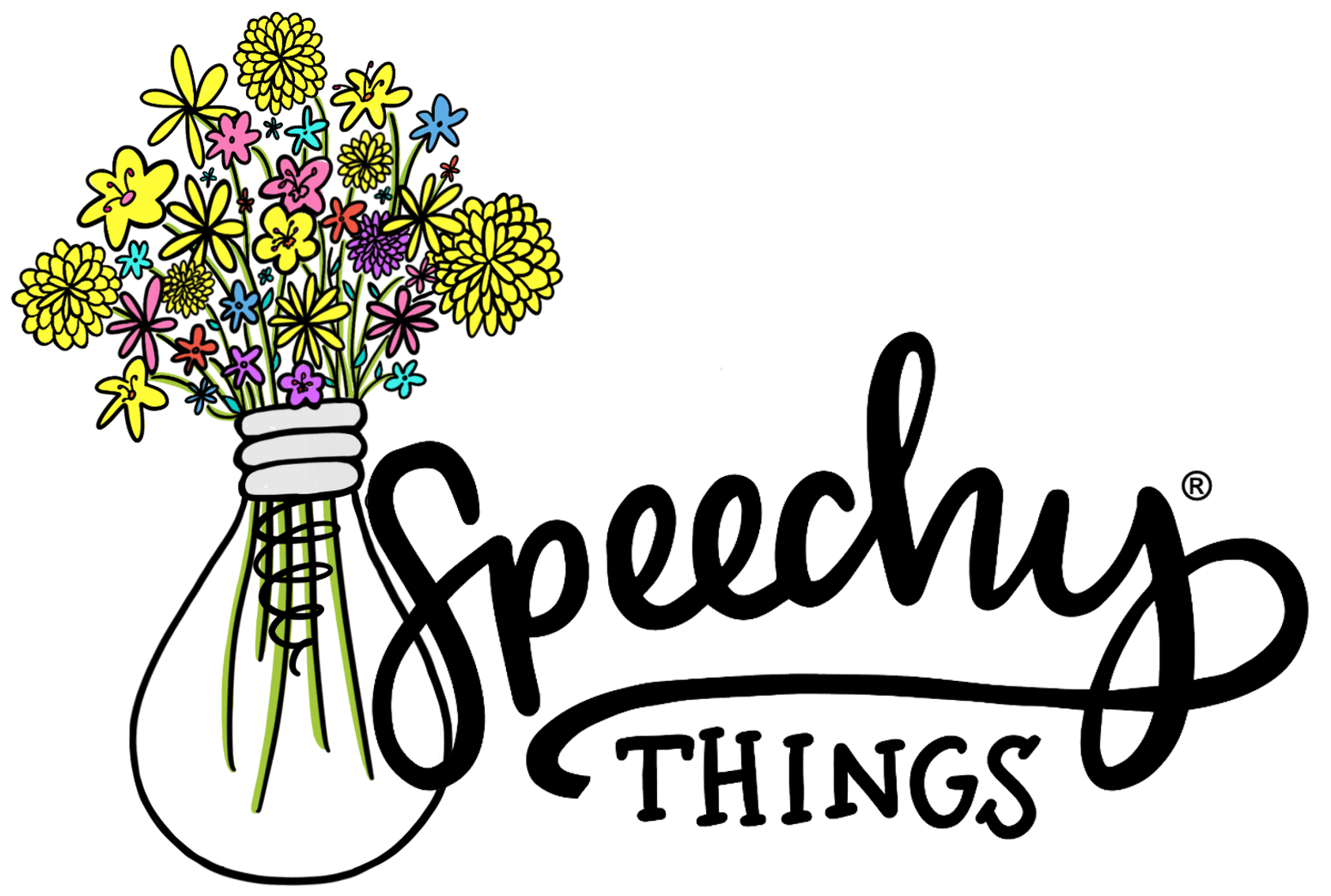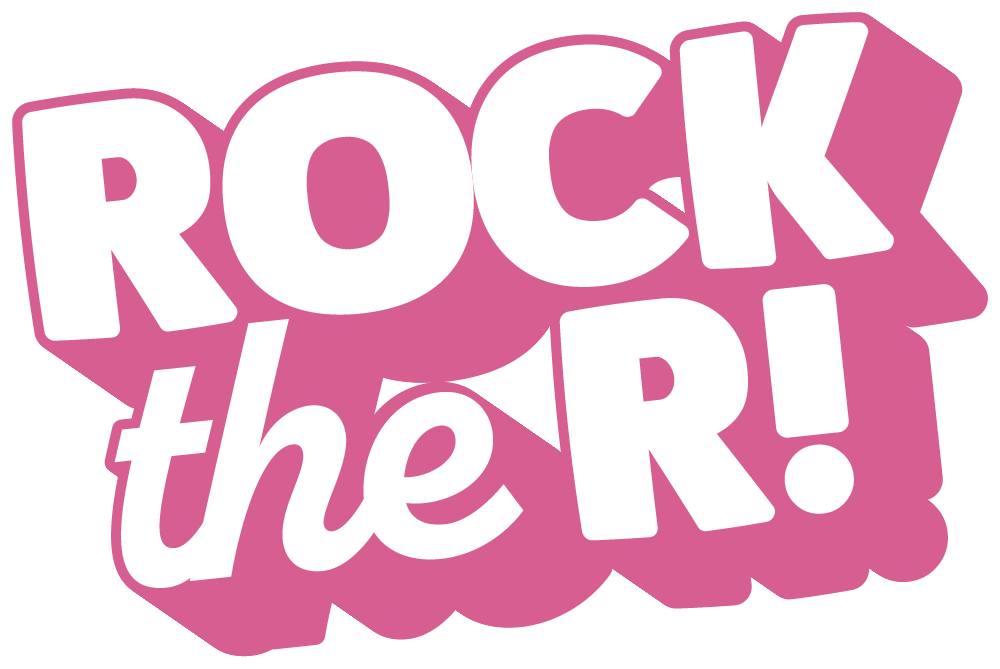I’m beyond excited to share with you my first experience unboxing an ultrasound device that I’ll be using to teach tongue placement for the R sound in speech therapy. For those of you who know me, you already understand my passion for finding effective, evidence-based strategies to help kids finally nail down that tricky R sound. Ultrasound is an incredibly powerful tool that’s revolutionizing the way we treat speech sound disorders, and I’m here to walk you through how it works, why it works, and why it might be the missing piece you’ve been looking for. My hope is for the ultrasound to find its way into more clinical settings as it is a truly worthy investment.
In this post, I’ll explain the research behind using ultrasound biofeedback in speech therapy and how I’ll be incorporating it into my practice to help children visualize their tongue placement. If you’ve ever struggled with getting students to understand exactly what their tongues should be doing for the R sound (let’s be honest, we’ve all been there), this might just change the game for you too.
Why Ultrasound for Speech Therapy?
So, why all the hype around ultrasound? Research has shown that ultrasound biofeedback can significantly improve accuracy for speech sounds that are particularly challenging to elicit, like the R sound. One of the hardest parts of teaching R is that it’s hard for students to “see” what they’re supposed to do with their tongue—and explaining it can feel like trying to describe how to do a magic trick! That’s where ultrasound comes in.
With ultrasound, we can visually show students how their tongue is moving in real-time. The device creates an image of the tongue on a screen, allowing them to literally see the difference between correct and incorrect placements. This gives them (and us) immediate feedback and helps build that all-important proprioception (the ability to feel where their tongue is inside their mouth) which we know is essential for mastering R.
The Research: Ultrasound as an Evidence-Based Practice
Ultrasound isn’t just a cool gadget—it’s rooted in strong evidence. Multiple studies have demonstrated its effectiveness, particularly for children and adults with persistent articulation errors like misarticulated R.
For example, a study by Preston, Brik, & Landi (2018) found that ultrasound biofeedback significantly improves speech accuracy in children with persistent speech sound disorders, particularly those struggling with complex sounds like /r/. The visual feedback is also a powerful motivator for students, giving them a much better understanding of the “invisible” movements involved in speech.
Another piece of research by Adank, Namasivayam, and colleagues (2017) found that ultrasound biofeedback is especially helpful for children with persistent speech sound disorders who haven’t responded well to traditional methods. This makes it an incredible option for those “tough cases” we all encounter in our caseloads—the kids who seem to hit a plateau in therapy.
Ultrasound biofeedback helps bridge the gap between what children are doing with their articulators and what they need to do. This tool can take a student who’s been stuck on that tricky vocalic R for months (or even years) and give them the visual guidance they need to finally get it right. Pretty amazing, right?
Check Out the Video!
If you haven’t already, be sure to watch the full unboxing video where I show the ultrasound device setup process. I’ll be diving into how it works and giving you a behind-the-scenes look at how I’ll integrate it into my sessions. If you’re curious about adding ultrasound biofeedback to your own practice, this is the perfect introduction to get you started!
Want to Learn More?
Be sure to sign up for my VIP email list if you’d like to follow along! I’m excited to be on this journey with you!
Cheers,



